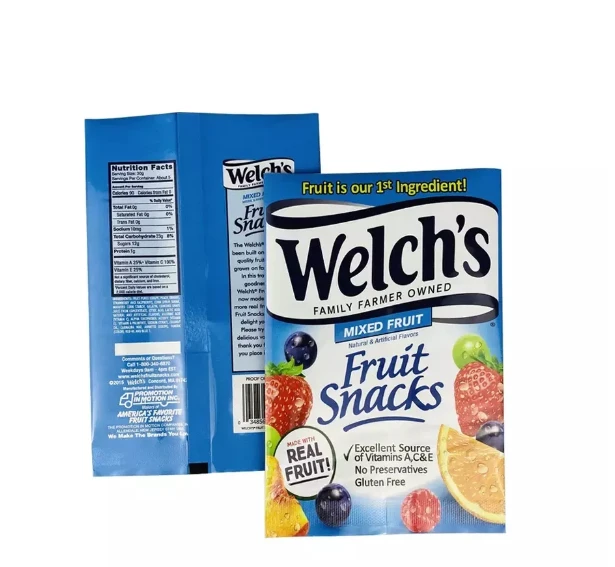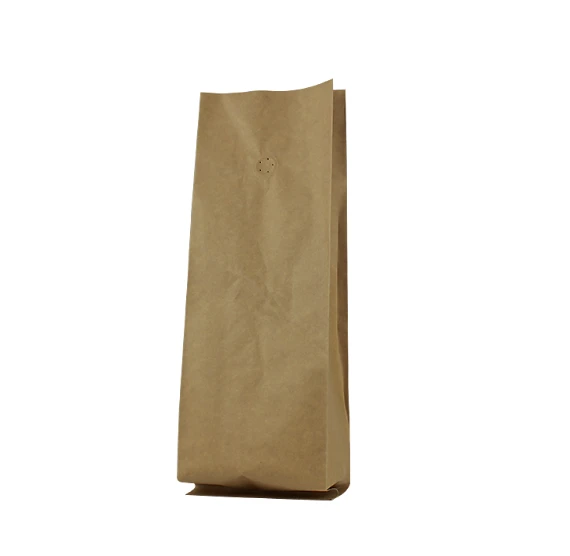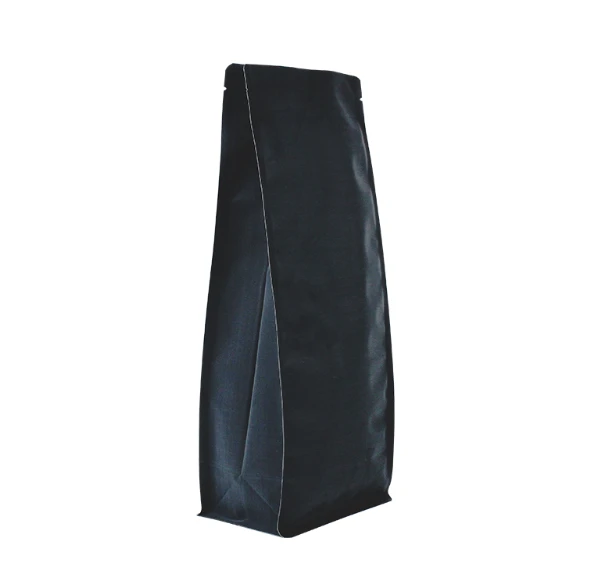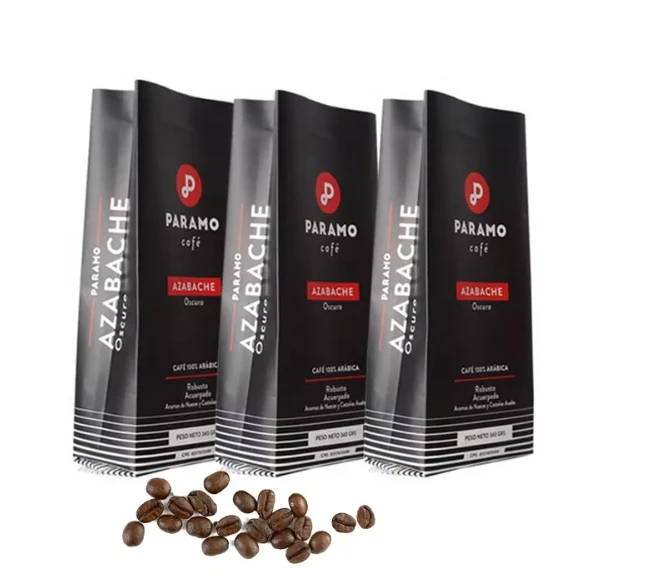- Afrikaans
- Albanian
- Amharic
- Arabic
- Armenian
- Azerbaijani
- Basque
- Belarusian
- Bengali
- Bosnian
- Bulgarian
- Catalan
- Cebuano
- chinese_simplified
- chinese_traditional
- Corsican
- Croatian
- Czech
- Danish
- Dutch
- English
- Esperanto
- Estonian
- Finnish
- French
- Frisian
- Galician
- Georgian
- German
- Greek
- Gujarati
- haitian_creole
- hausa
- hawaiian
- Hebrew
- Hindi
- Miao
- Hungarian
- Icelandic
- igbo
- Indonesian
- irish
- Italian
- Japanese
- Javanese
- Kannada
- kazakh
- Khmer
- Rwandese
- Korean
- Kurdish
- Kyrgyz
- Lao
- Latin
- Latvian
- Lithuanian
- Luxembourgish
- Macedonian
- Malgashi
- Malay
- Malayalam
- Maltese
- Maori
- Marathi
- Mongolian
- Myanmar
- Nepali
- Norwegian
- Norwegian
- Occitan
- Pashto
- Persian
- Polish
- Portuguese
- Punjabi
- Romanian
- Russian
- Samoan
- scottish-gaelic
- Serbian
- Sesotho
- Shona
- Sindhi
- Sinhala
- Slovak
- Slovenian
- Somali
- Spanish
- Sundanese
- Swahili
- Swedish
- Tagalog
- Tajik
- Tamil
- Tatar
- Telugu
- Thai
- Turkish
- Turkmen
- Ukrainian
- Urdu
- Uighur
- Uzbek
- Vietnamese
- Welsh
- Bantu
- Yiddish
- Yoruba
- Zulu
long term storage containers for food
Long-Term Storage Containers for Food Preservation Made Easy
In today’s fast-paced world, food preservation becomes increasingly important. Whether you are looking to save money by buying in bulk, minimizing food waste, or preparing for emergencies, choosing the right long-term storage containers for food can make all the difference. In this article, we will explore various types of containers, their benefits, and tips for effective food storage.
Understanding Food Degradation
Before diving into the types of storage containers available, it's essential to understand why food degrades over time. Factors like air, moisture, light, and temperature significantly affect the shelf life of food. Microorganisms, such as bacteria and mold, thrive in the right conditions, leading to spoilage. By choosing the appropriate containers designed for long-term storage, you can mitigate these factors effectively.
Types of Long-Term Storage Containers
1. Glass Jars Glass jars are one of the most common choices for long-term food storage. They are non-reactive, meaning they won’t leach chemicals into your food. Glass also offers an airtight seal when topped with proper lids, preventing moisture and oxygen from entering. They are perfect for storing dry goods like grains, pasta, and spices. However, glass can be heavy and breakable, so handle with care.
2. Plastic Containers Food-grade plastic containers come in various shapes and sizes, making them highly versatile for food storage. They are lightweight and resilient, which is a significant advantage. However, it’s crucial to ensure that they are BPA-free (Bisphenol A) to avoid harmful chemical leaching. Good-quality plastic containers can provide excellent seals, further extending food freshness.
3. Mylar Bags with Oxygen Absorbers Mylar bags are an innovative solution for long-term food storage, particularly for bulk items. These bags are made of a robust material that protects food from light, moisture, and air. When combined with oxygen absorbers, they can significantly increase the shelf life of dry foods, such as grains and dehydrated fruits. Mylar bags can last for decades when stored properly.
4. Vacuum Sealed Bags Vacuum sealing removes air from the packaging, which is one of the primary culprits of food spoilage. These bags are ideal for meats, cheeses, and ready meals. Vacuum sealed foods can last several times longer than those stored in traditional containers. A vacuum sealer is a worthy investment for anyone serious about long-term food storage.
long term storage containers for food
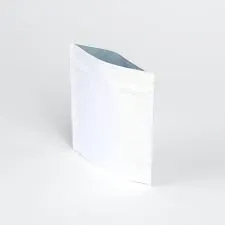
5. Food-Grade Buckets For bulk storage, food-grade buckets are an excellent option. These containers are often made of high-density polyethylene (HDPE) and come with airtight lids. They are optimal for items like grains, rice, and beans, keeping them safe from pests and air exposure.
Tips for Effective Food Storage
1. Label Everything Attach labels with dates and contents to your containers. This helps in keeping track of what you have and ensures you use older items first, minimizing waste.
2. Store in a Cool, Dark Place Find a location with stable, cool temperatures away from direct sunlight. This can significantly prolong the freshness of your stored food.
3. Monitor Moisture Levels Use desiccants or moisture-absorbing packets when storing foods that are sensitive to humidity. This helps keep the environment inside the container dry.
4. Avoid Overfilling Leave some headspace in containers to allow for expansion, especially with liquids. Overfilling can cause spills and compromise seals.
5. Rotate Your Stock Use the FIFO (first in, first out) approach. Store new purchases at the back of your existing stock to ensure older items are used first.
Conclusion
Investing in the right long-term storage containers for food is essential for anyone looking to extend the shelf life of their groceries. With various options available—ranging from glass jars to Mylar bags—there is a suitable solution for every need and preference. By effectively using these containers and following proper storage techniques, you can enjoy fresh, preserved food while reducing waste and saving money. Remember, a little preparation goes a long way in ensuring you and your family have access to healthy meals, even in uncertain times.





